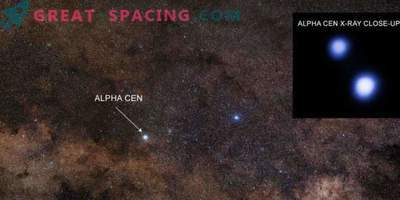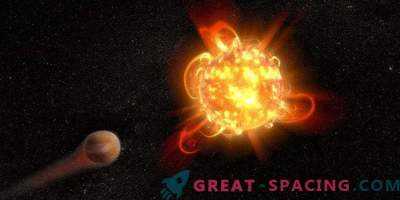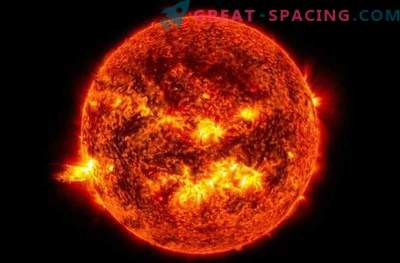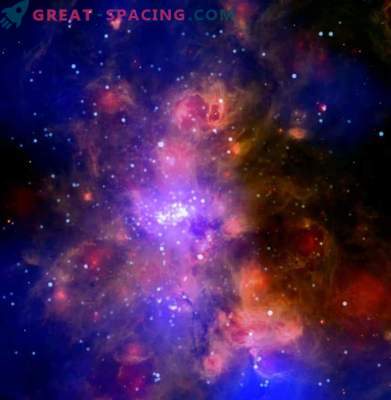
Astronomers at the University of Warwick discovered a massive starburst on a child's star, shedding light on the origin of potentially inhabited exoplanets. The giant explosion of energy and plasma is now considered one of the largest observations of this type in history, surpassing the largest solar flare by 10,000 times.
A flash was noticed on a young star of the M-type NGTS J121939.5-355557, located at a distance of 685 light years from us. At the age of 2 million years, it is considered a star to the main sequence.
Seen as part of a large review of the outbreaks of thousands of stars in a project to search for explosive phenomena outside our solar system. For the survey, an array of NGTS telescopes in Chile was used, designed to search for exoplanets through measuring the brightness of hundreds of thousands of stars. Attention attracted NGTS J121939.5-355557, as demonstrated one of the brightest flashes.
A stellar flash appears when a star's magnetic field is rearranged, throwing out a huge energy object. This accelerates the charged particles inside the star, heating the object to 10,000 degrees. Energy creates optical and infrared light, as well as x-rays and gamma rays.
Magnetic fields on M-stars are much stronger than on the sun. Calculations show that flashes of this size are rare and occur suddenly. Imagine that an ordinary star suddenly becomes 7 times brighter than usual in one night, and then behaves as before. Such flares are noted on the Sun, but they are not able to compete in power with the find. This is an important discovery. It is believed that X-rays from large flares affect the formation of “chondras” - instantly melted grains rich in calcium and aluminum in the protoplanetary disk of the star. They are going to asteroids, which eventually unite orbital planets. It turns out that the flashes create disturbances on the protoplanetary disk, affecting the possible structure of the future planet.
Such a massive flash can bring many benefits to the formation of planets, or, conversely, is considered a destructive phenomenon. The specific star has not yet managed to create its own planets, so it is worth examining this process in more detail and defining the role of such flashes in the planetary formation.
It is now important to understand whether these flashes are useful or harmful to life on potentially habitable planets, since they emit a large amount of ultraviolet rays. This can lead to biological damage to DNA. However, one should not forget that UV rays are necessary for various chemical reactions to lead to the emergence of life. Then flashes serve as starting mechanisms for triggering reactions.











































